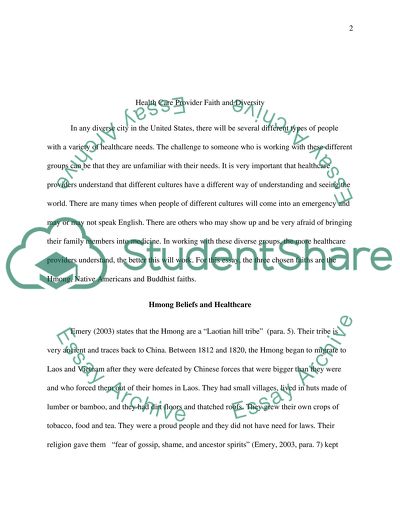Cite this document
(“Health Care Provider Faith and Diversity Essay Example | Topics and Well Written Essays - 1250 words”, n.d.)
Health Care Provider Faith and Diversity Essay Example | Topics and Well Written Essays - 1250 words. Retrieved from https://studentshare.org/health-sciences-medicine/1452161-health-care-provider-faith-and-diversity
Health Care Provider Faith and Diversity Essay Example | Topics and Well Written Essays - 1250 words. Retrieved from https://studentshare.org/health-sciences-medicine/1452161-health-care-provider-faith-and-diversity
(Health Care Provider Faith and Diversity Essay Example | Topics and Well Written Essays - 1250 Words)
Health Care Provider Faith and Diversity Essay Example | Topics and Well Written Essays - 1250 Words. https://studentshare.org/health-sciences-medicine/1452161-health-care-provider-faith-and-diversity.
Health Care Provider Faith and Diversity Essay Example | Topics and Well Written Essays - 1250 Words. https://studentshare.org/health-sciences-medicine/1452161-health-care-provider-faith-and-diversity.
“Health Care Provider Faith and Diversity Essay Example | Topics and Well Written Essays - 1250 Words”, n.d. https://studentshare.org/health-sciences-medicine/1452161-health-care-provider-faith-and-diversity.


